Time is a bit of a confusing concept. For example, Einstein explained how time is relative and objects experience it differently depending on how fast they move. A bit to get your head around.
Even so, many animals around the world have managed to experience more than what would seem to be their fair share of time, living very long, incredible lives and defying the odds. But what is the longest-living animal in the world?
Scientists have spent years trying to find the secrets to a long life, and many of the species on this list may offer clues as to how we might be able to live healthier and prolonged lives in the future.
So join us as we look at some of the longest-living things in the world.
Longest-living land mammal – Human beings

Jeanne Calment, recognised to be the oldest person in the world, lived an amazing 122 years and 164 days. She was born in Arles, France in 1875 and famously claimed to have met Vincent Van Gogh, describing him in less than glowing terms.
Mrs Calment attributed her long life to a lack of stress and a good sense of humour. She didn't make any special effort to maintain a healthy lifestyle and she even smoked after every meal, until eventually passing at the age of 117.
She died in 1997, having outlived her only daughter and grandchild who had both died at a much younger age.
undefinedLongest-living aquatic creature – Glass sponge
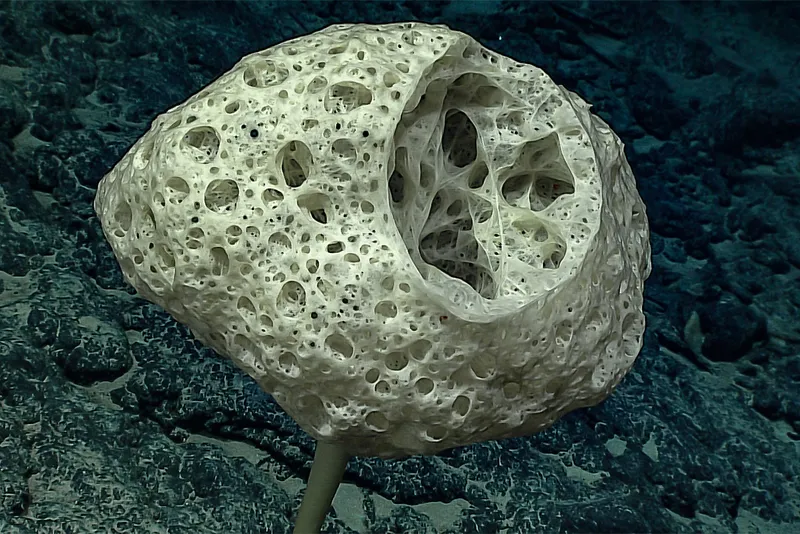
Glass sponges are one of the longest-living organisms on Earth. Despite their delicate appearance, it is estimated that they can live up to 15,000 years. And although relatively rare, they can be found in every ocean in the world, usually at depths of below 450m.
What makes them stand out is their unique ability to generate electrical impulses across their bodies. Their flagella (tiny hairs which trap bacteria in the water) will stop beating if they sense danger. But unlike other types of sea sponges, glass sponges do not contract or change shape when stimulated.
Longest-living bird – Cookie the cockatoo
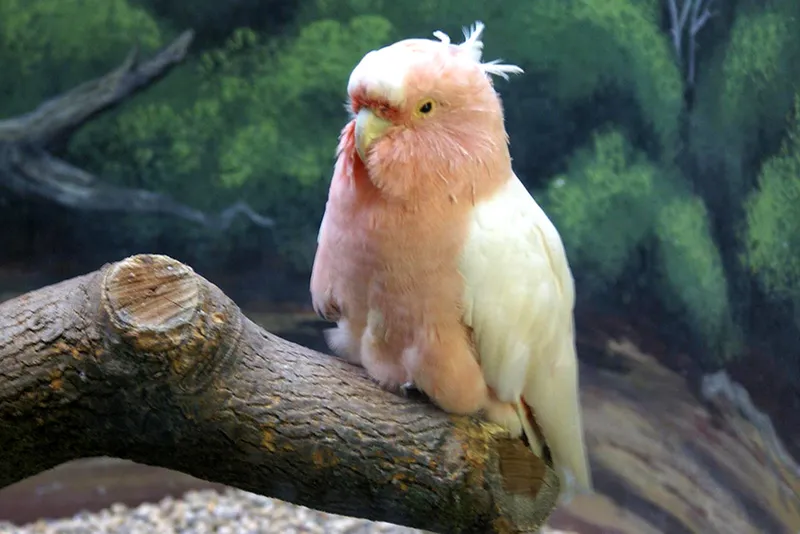
The longest-living bird on record is Cookie, a male pink cockatoo (Cacatua leadbeateri), who lived in captivity at Brookfield Zoo, Chicago, USA.
In 2014 Cookie was recognised by the Guinness World Records as the oldest parrot in the world. At that time he had reached the age of 81 and had been retired from public display to preserve his health. Sadly, he passed away in 2016 at the grand old age of 83.
Incredibly, Cookie outlived the next longest-living pink cockatoo by 52 years.
Longest-living rodent – Naked mole rat
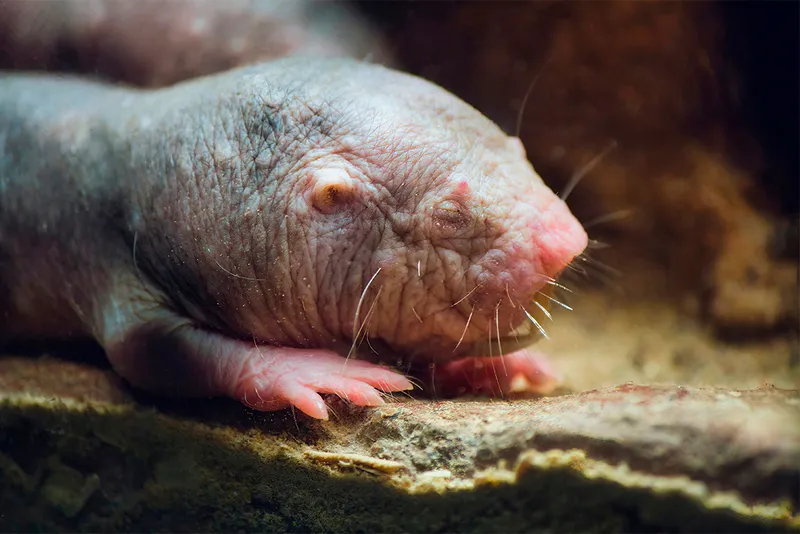
The naked mole rat is truly a remarkable rodent. It is so hardy that it can survive for 18 minutes without oxygen and is also resistant to many types of cancer. Another factor adding to its longevity is that it lives deep in underground burrows, meaning that it has few natural predators.
Studies have shown that mole rats' risk of dying doesn’t increase with age as quickly as other mammals. Thanks to some amazing genetics, their cells reproduce more accurately and are less likely to be damaged. In 2020, it was reported that one male individual turned 37 years old, which makes it easily the longest-living rodent on Earth.
Read more:
Longest-living invertebrate – Ocean quahog
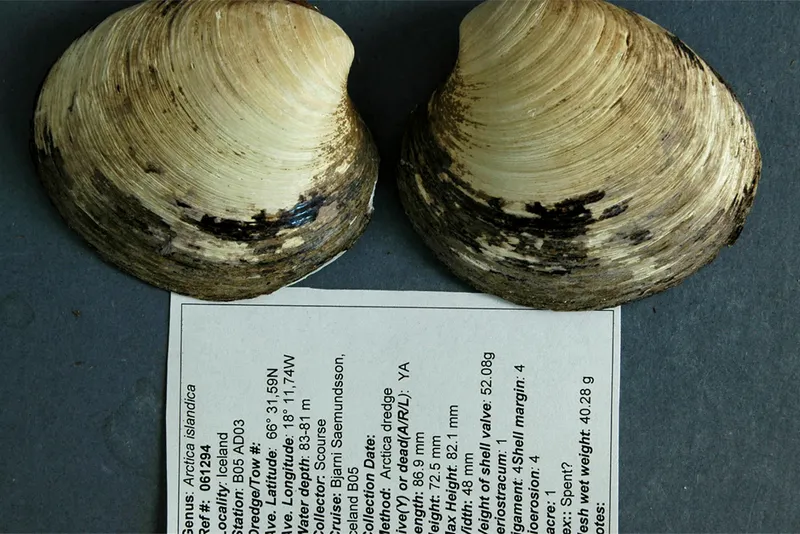
Ocean quahogs (Arctica islandica) are the longest-living animals on Earth. One individual found off the coast of Iceland in 2006 was found to be an incredible 507 years old by scientists at Bangor University.
It was dubbed 'Ming' by journalists in reference to the Ming dynasty, who were the rulers of China when this clam was born. However, in Iceland, this clam is known as 'Hafrun' – a feminine name which roughly means 'mystery of the ocean'.
Quahogs like this can be dated in very much the same way as trees. Each year, a band appears on the shell of the clam, so counting these bands reveals its age.
Longest-living tortoise – Aldabra giant tortoise
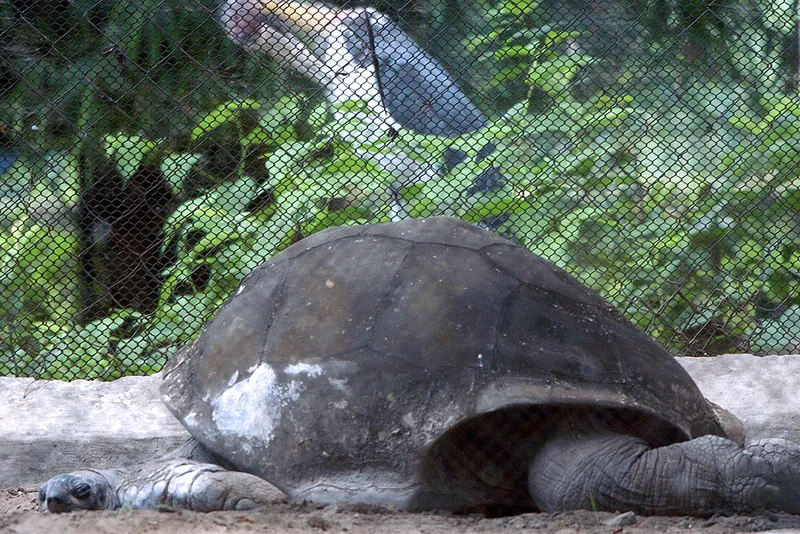
The longest-living tortoise species in the world is the Aldabra giant tortoise. The oldest was a male called Adwaita and was thought to be 255 years old when he died at Alipore Zoological Garden, Kolkata, India in 2006. Adwaita was thought to have hatched in 1750 and had lived a solitary life at the zoo for over 100 years.
As its name suggests, the Aldabra giant tortoise comes from the Aldabra atoll in the Seychelles, home to approximately 100,000 of his kind. This is the largest concentration of tortoises anywhere in the world.
Longest-living fish – Greenland shark
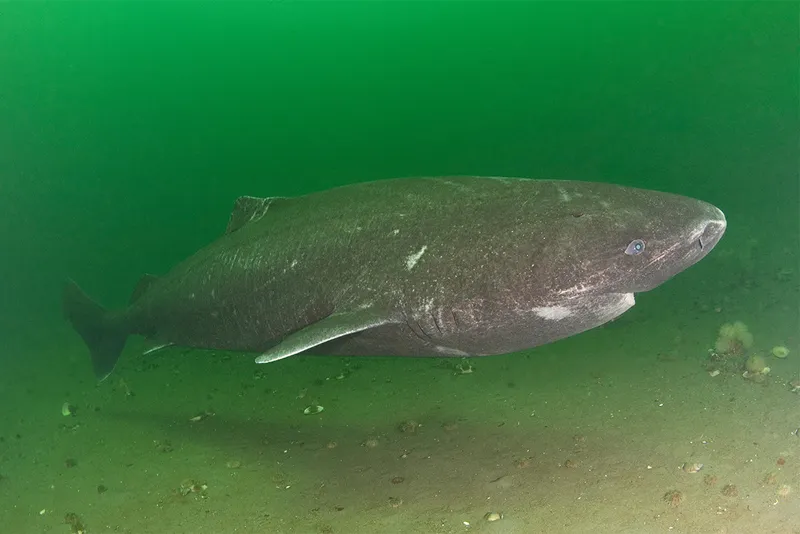
The Greenland shark is the longest-living shark species on planet Earth. But because it is so different from other sharks it is much harder to date. Most other sharks have growth bands that appear on their fin spines in the same way that a tree has growth rings. However, a Greenland shark has no hard tissue in their body and does not grow such bands.
The only way to correctly estimate this shark's age is through carbon dating, which is not an especially accurate measurement. Using this process, scientists managed to date one female at an age of between 252 and 512 years old.
The cold waters that they inhabit mean that they likely have very slow metabolisms, which could account for their longevity as well as their slow swim speeds.
Longest-living dog – Bobi

Bobi, a purebred Rafeiro do Alentejo dog hit an incredible 31 years of age before shuffling off this mortal coil in October 2023. Earlier that same year his age had been certified by Guinness World Records as the longest-living dog ever, surpassing the previous record of 29 years and 5 months. However, claims that this age might be incorrect have since come to light.
Rafeiro do Alentejos are native to Portugal and are known to be calm in nature and make great guard dogs. They are a large breed with big heads and a dense coat that keeps them warm.
Read more: